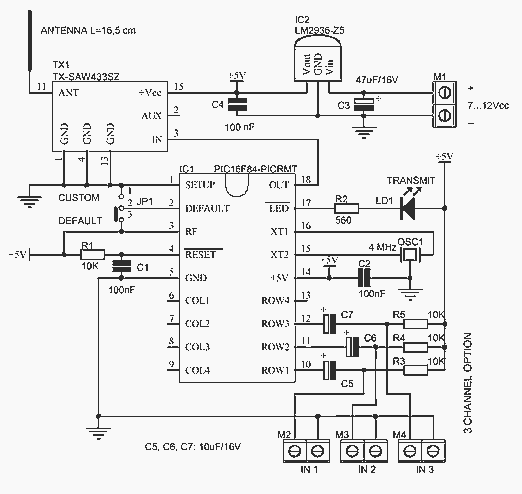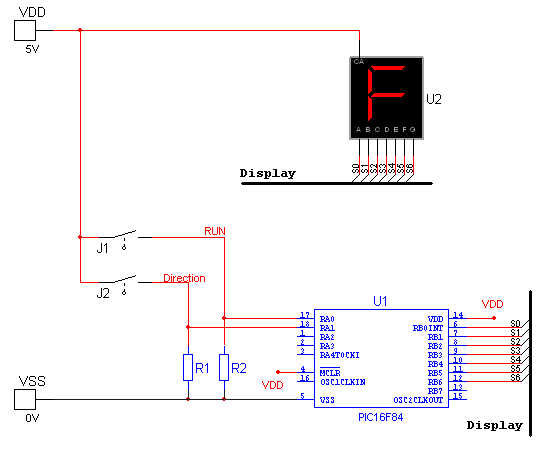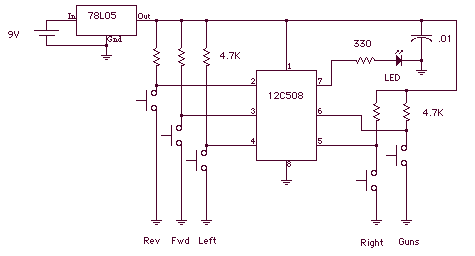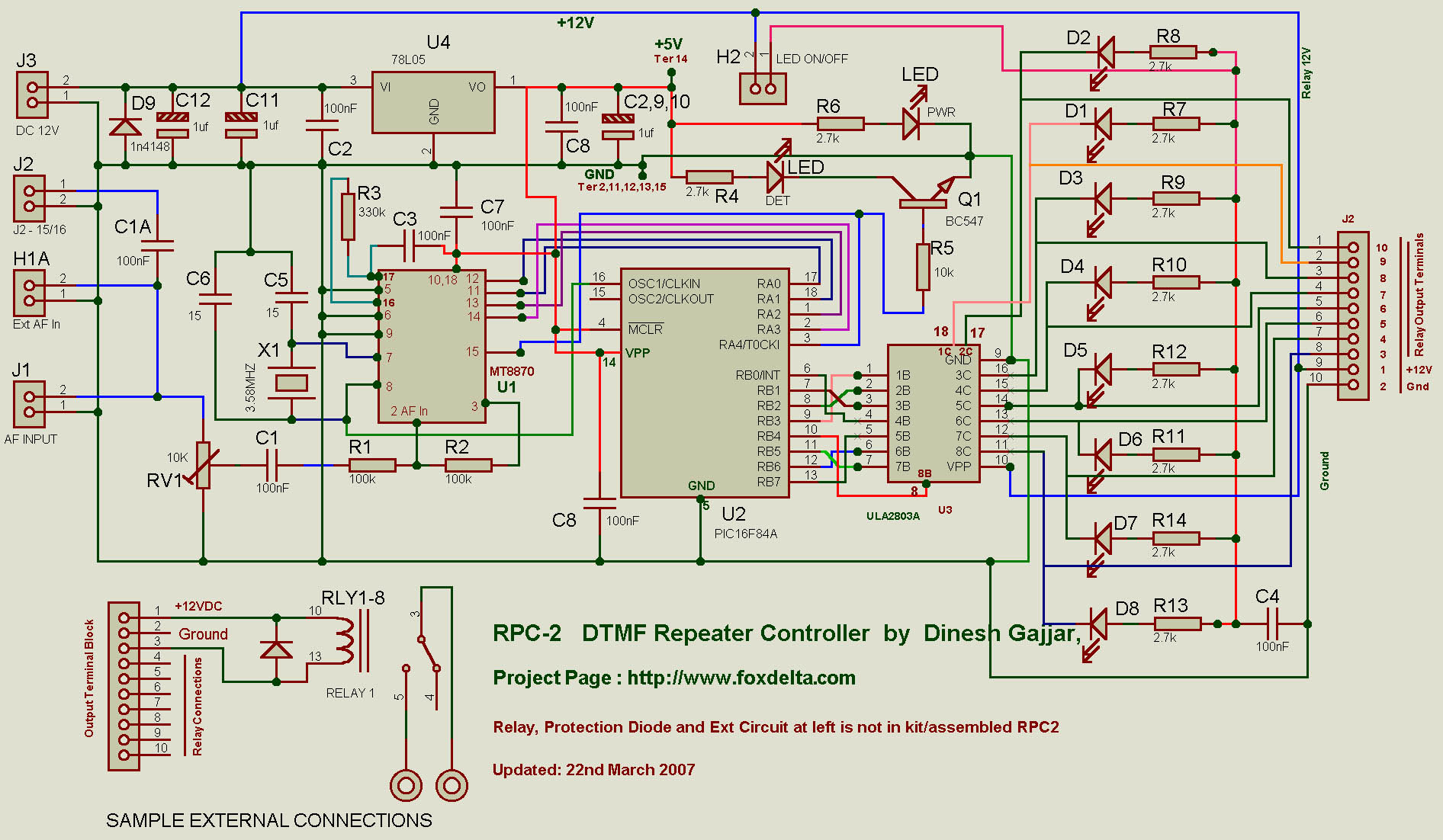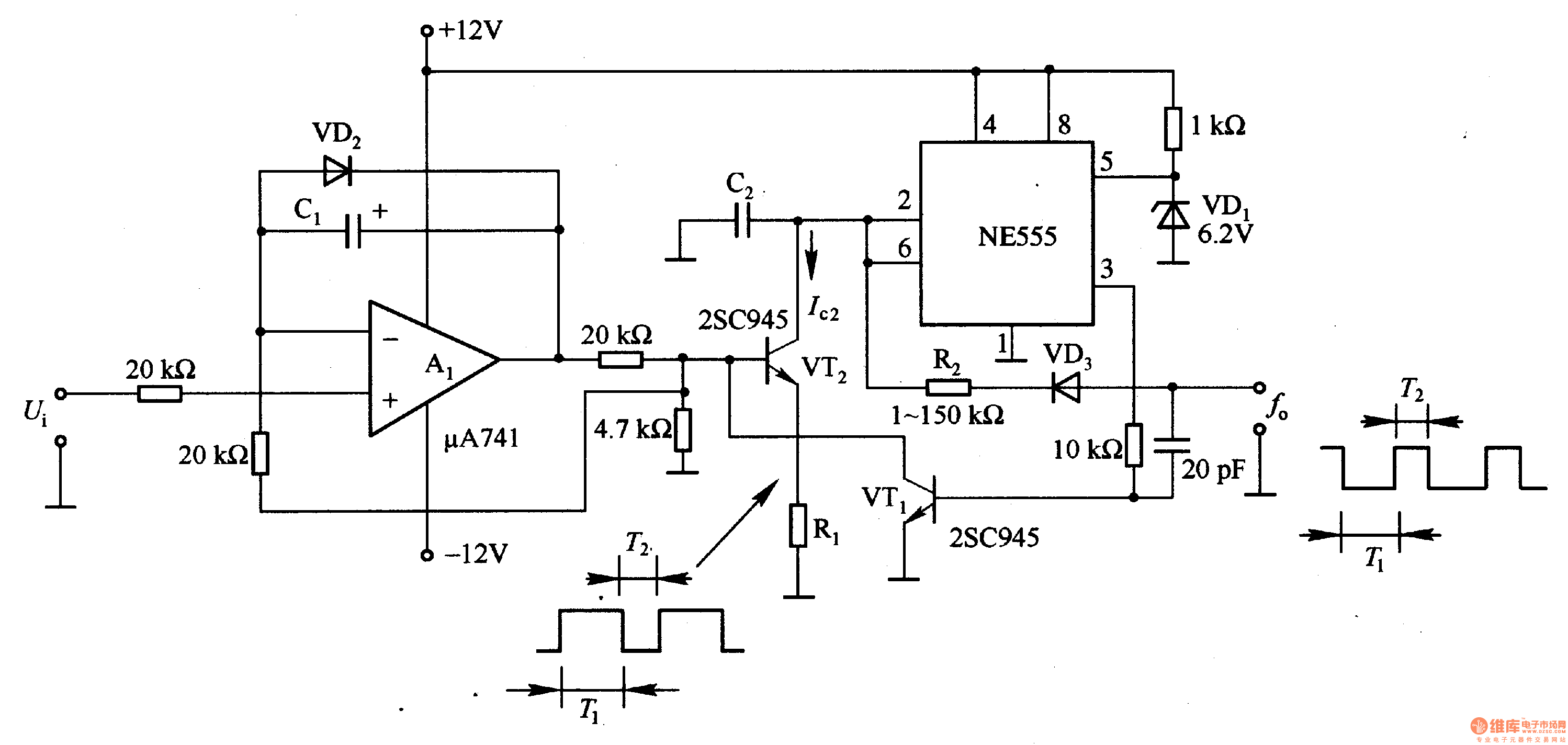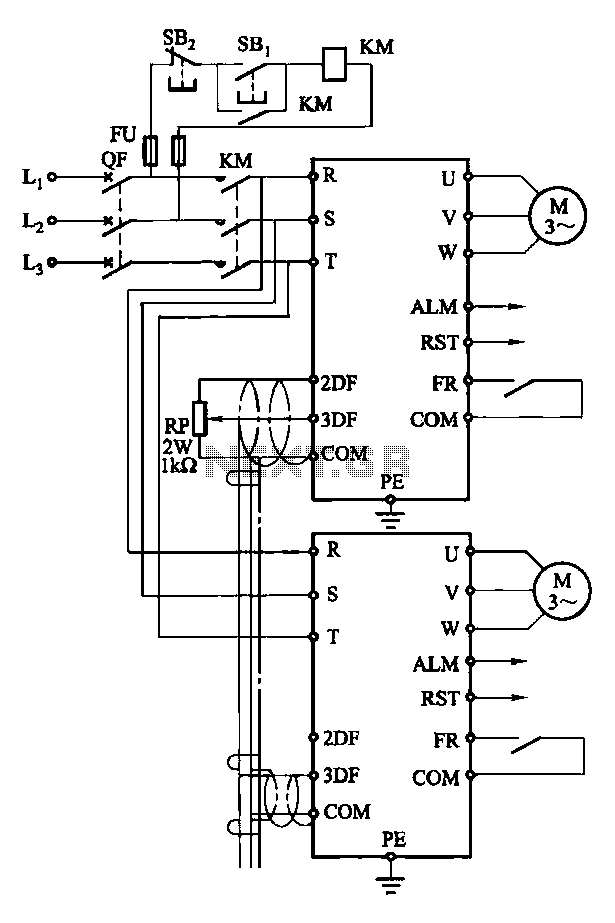
PIC Freq Counter
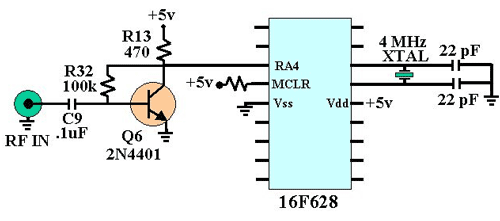
A prescaler is connected to a PIC microcontroller to create a basic frequency counter. It is anticipated that this component will serve as a module to be integrated into future design projects. The initial requirement is to obtain a functional prototype. The target frequency range is from 1 MHz to 400 MHz.
The prescaler circuit is designed to divide the input frequency by a predetermined factor, enabling the PIC microcontroller to measure higher frequency signals accurately. The circuit typically consists of a high-speed comparator, a flip-flop, and additional logic components to ensure proper signal conditioning and division.
The input frequency range of 1 MHz to 400 MHz requires careful selection of components that can operate effectively within this bandwidth. High-speed operational amplifiers or comparators should be used to maintain signal integrity, while the flip-flop should be capable of toggling at the desired frequencies without introducing significant propagation delay.
To implement the prescaler, the input signal is first fed into the comparator, which converts the analog signal into a clean digital square wave. This digital output is then connected to the clock input of a flip-flop, which divides the frequency by two. If a higher division ratio is required, additional flip-flops can be cascaded.
The output of the prescaler can be interfaced with the PIC microcontroller's input pins, allowing it to count the pulses and thereby determine the frequency of the original signal. The microcontroller can be programmed to display the frequency on an LCD or transmit the data for further processing.
In summary, this prescaler circuit serves as a crucial component for frequency measurement applications, enabling the PIC microcontroller to handle a wide range of input frequencies while maintaining accuracy and reliability. Proper attention to the selection of components and circuit design will ensure optimal performance across the specified frequency range.A prescaler attached to a PIC to get a simple frequency counter. I would suspect that it would just become a "module" that I include in some other design projects later. Initially I need to get a working sample. Target range would be 1mhz through 400mhz. 🔗 External reference
The prescaler circuit is designed to divide the input frequency by a predetermined factor, enabling the PIC microcontroller to measure higher frequency signals accurately. The circuit typically consists of a high-speed comparator, a flip-flop, and additional logic components to ensure proper signal conditioning and division.
The input frequency range of 1 MHz to 400 MHz requires careful selection of components that can operate effectively within this bandwidth. High-speed operational amplifiers or comparators should be used to maintain signal integrity, while the flip-flop should be capable of toggling at the desired frequencies without introducing significant propagation delay.
To implement the prescaler, the input signal is first fed into the comparator, which converts the analog signal into a clean digital square wave. This digital output is then connected to the clock input of a flip-flop, which divides the frequency by two. If a higher division ratio is required, additional flip-flops can be cascaded.
The output of the prescaler can be interfaced with the PIC microcontroller's input pins, allowing it to count the pulses and thereby determine the frequency of the original signal. The microcontroller can be programmed to display the frequency on an LCD or transmit the data for further processing.
In summary, this prescaler circuit serves as a crucial component for frequency measurement applications, enabling the PIC microcontroller to handle a wide range of input frequencies while maintaining accuracy and reliability. Proper attention to the selection of components and circuit design will ensure optimal performance across the specified frequency range.A prescaler attached to a PIC to get a simple frequency counter. I would suspect that it would just become a "module" that I include in some other design projects later. Initially I need to get a working sample. Target range would be 1mhz through 400mhz. 🔗 External reference
